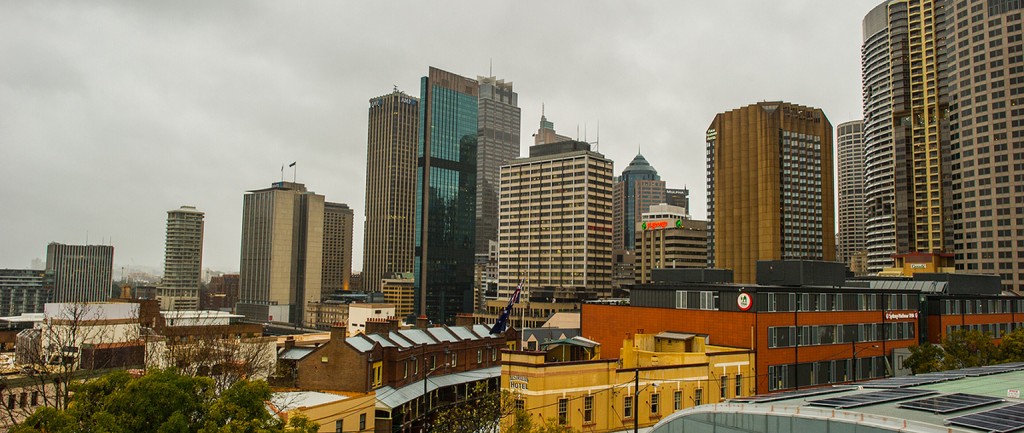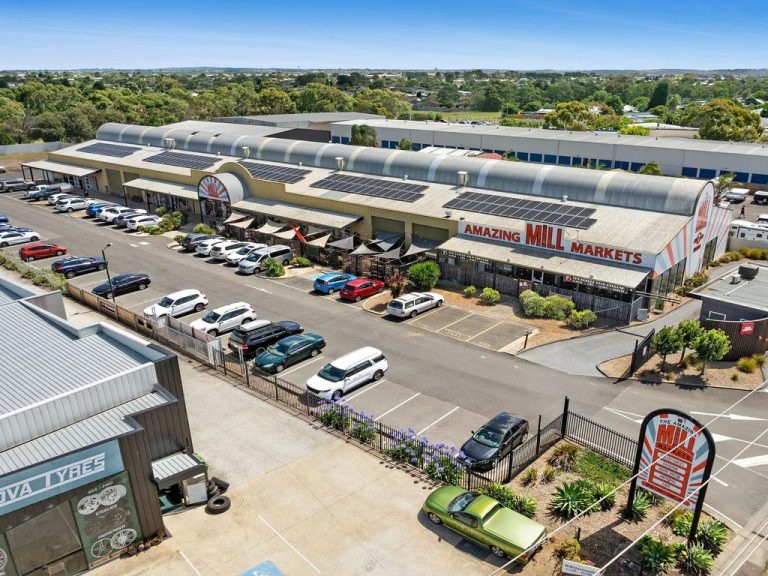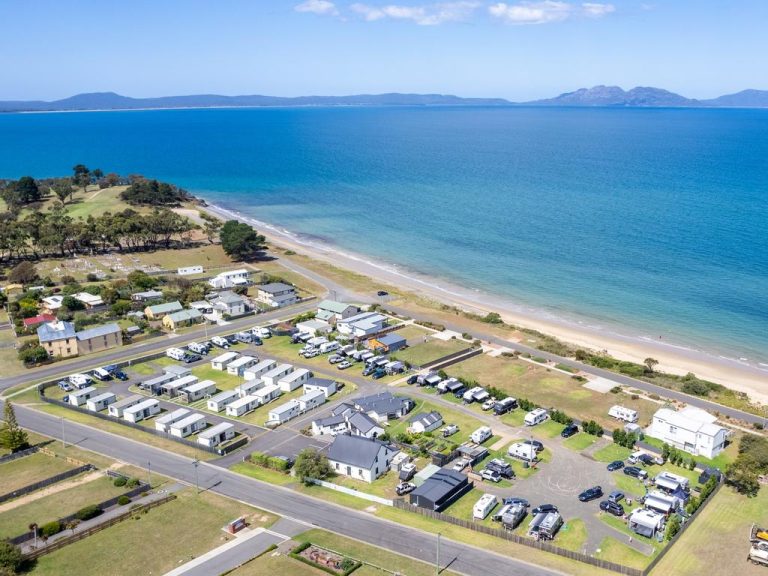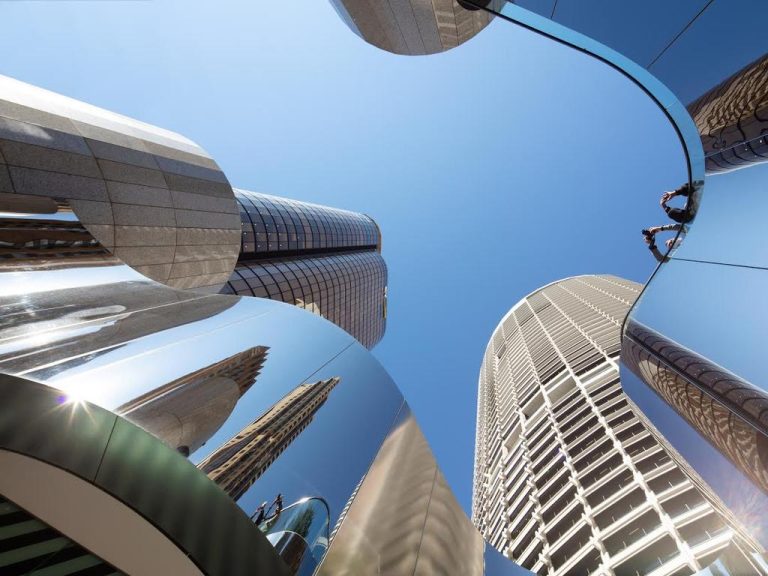Office leasing market emerges from storm

The Australian office leasing market is continuing to show signs of life, with almost every capital city in positive territory for the third quarter of 2015.
Demand for office space continued gaining pace in the three months to October, pushing the nationwide net absorption rate to levels 47% higher than the 20-year average, according to new research from JLL.
More than 193,000sqm more space was leased than was vacated in the last 12 months, led by Melbourne with 45,900sqm of positive net absorption in the third quarter of the year and Sydney with 25,600sqm.
JLL head of strategic research, Andrew Ballantyne, says the encouraging results came despite business confidence taking a hit due to the volatility of the world’s financial markets.
“Sydney and Melbourne remain at the forefront of the leasing market recovery with leasing activity expiry-related in other CBD office markets. Nevertheless, there are tentative signs of organic growth in Brisbane, Canberra and Adelaide with positive net absorption recorded in each of those markets over Q3,” Ballantyne says.
Technology … is having a positive impact on the Melbourne office market with online betting platforms – Sportsbet and CrownBet – expanding their occupational footprint in the CBD
But despite the improving outlook the CBD vacancy rate remained at 12%, due to older space becoming available as tenants move into new developments.
The only city to have more space vacated than leased during the third quarter of the year was Perth, which experienced a 13th consecutive quarter of negative net absorption.
Here’s how each capital city fared:
Sydney
Australia’s strongest CBD office market tightened even further, with the vacancy rate dropping to 7.7%, while recording a positive net absorption of 148,000sqm in the last year.
JLL head of office leasing, Tim O’Connor, says the continued strong results were beginning to manifest in rising rents and a decrease in incentives for tenants.
Vacancy dives: North shore slow burn becomes red hot
“The first signs of rental tension are becoming evident in the Sydney CBD. Face rents are rising and some moderate downward pressure was recorded on incentives. As a result, prime gross effective rents increased by 2.7% over Q3 and by 6.2% over the past 12 months,” O’Connor says.

Online betting agency Sportsbet has leased large spaces at 367 Collins St in Melbourne’s CBD
Melbourne
While Melbourne’s vacancy rate remained stable at just over 10%, the an additional 141,500sqm of space has been taken up in the last year.
“Technology can be a disrupter for traditional industry sectors. However, it is having a positive impact on the Melbourne office market with online betting platforms – Sportsbet and CrownBet – expanding their occupational footprint in the CBD,” O’Connor says.
Brisbane
It might have been only a small increase, but the Brisbane market recorded a positive result for the third consecutive quarter.
Queensland’s capital was 5600sqm in the black and its vacancy rate continued to improve, dipping to 14.5% – its lowest point since the second quarter of 2013.
There are tentative signs of organic growth in Brisbane, Canberra and Adelaide with positive net absorption recorded in each of those markets over Q3
“Lease expiry is the catalyst for activity in the Brisbane CBD office market. However, the availability of prime grade space has precipitated a flight to quality and a reduction in the prime grade vacancy,” Ballantyne says.

Brisbane’s CBD leasing market has shown improvement for the third straight quarter
Perth
The only city to lose ground during the quarter, Perth had 4700sqm more space come online than it managed to lease.
Vacancy also increased to 19.5% – Perth’s highest rate in 20 years – and prime gross effective rents have dived 37.8% since mid-2012.
Adelaide
The vacancy rate also increased to 15.9% in Adelaide, though net absorption was positive at 5900sqm.







